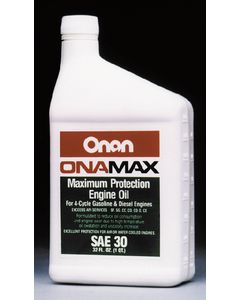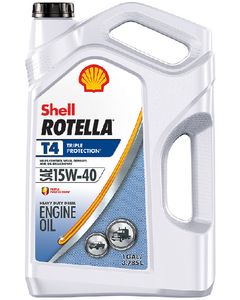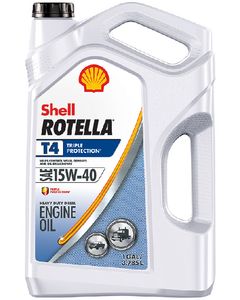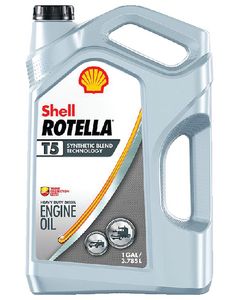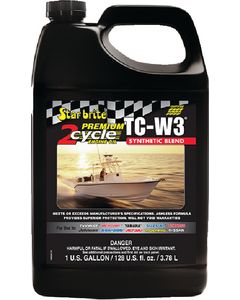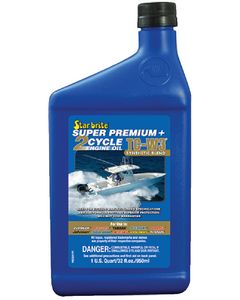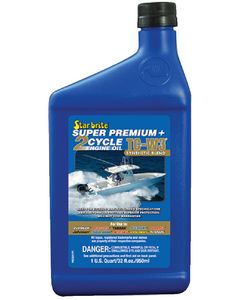Engine Oils
Changing Engine Oil On Your Boat
An oil change on your boat is recommended every 100 hours, or once a year, because doing this will extend the life of your boat’s engine. If your boat has a diesel engine, there should be an oil change every 50 hours, because diesel engines are much harder on their lubrication. An oil change every 100 for gasoline engines is fine.
An oil change in a boat could be a difficult and messy job because the oil drain plug in a boat is most often either out of reach or non-existent. When the plug is accessible, there is usually inadequate space beneath the engine for a container to catch the draining oil.
In order to eliminate some inconveniences during an oil change, you need to find a method that works for your engine installation. The following methods might be helpful:
You can buy a foil roasting pan which will be the container to catch the old oil. It is a good idea to put a piece of plywood under it, because a foil pan could bend when it is full. It is also important to spread an oil-absorbent cloth beneath the pan in order to catch the splashes and spills there may be during an oil change.
During an oil change, you can also use a plastic garbage bag. It is a good idea to band the mouth of the bag to a tin can with both ends removed. Use two heavy-duty bags, one inside the other, because hot oil can seep through the plastic.
There are kits containing hose and fittings that will allow you to gradually pour the oil into a container that would be lower than the engine sump. It is important that the threads on the barb are the same as on the plug. Clamp a second barb to the free end of the hose and fit it with a cap or a plug. Then rig a hanger in order to keep the end of the hose well above the oil level, except when you are draining the oil. In some cases, marine engines don’t have a drain plug or it is inaccessible. Therefore an oil change could be more difficult. To drain the oil from these kinds of engines, you will need a pump to suck oil out through the dipstick tube. The dipstick tube is threaded on some engines. The oil-change pump screws directly to the dipstick tube and the oil is easily removed. If there is good access this works fine. If this is not the case then it is a good idea to mount the pump to a convenient bulkhead and connect it to the dipstick with a hose with threaded fittings. Park the hose when it is not being used by mounting a short length of PVC pipe fitted with a male hose adapter next to the pump. If the dipstick tube is not threaded, then many professionals recommend using a pick-up tube inserted through the dipstick tube to extract the oil during an oil change. Sometimes the pick-up tubes are very small, so it is a good idea to replace them with ¼-inch (ID) copper tubing. The tube must be long enough to reach the bottom of the engine oil pan. You can connect it to the pump with a length of rubber hose. An oil change is needed because the oil is contaminated with abrasive and chemical impurities. Start the engine and let it run a few minutes. The engine should be hot before an oil change, because when it is hot all the contaminants are in suspension, therefore they come out with the oil.
It is a good idea to change the oil filter every time there is an oil change.
To pour in the fresh oil, always check the engine manual. It will give you the information about the viscosity and API rating for the oil recommended by the manufacturer. After an oil change always dispose of the oil properly at an approved disposal facility.
An oil change on your boat is recommended every 100 hours, or once a year, because doing this will extend the life of your boat’s engine. If your boat has a diesel engine, there should be an oil change every 50 hours, because diesel engines are much harder on their lubrication. An oil change every 100 for gasoline engines is fine.
An oil change in a boat could be a difficult and messy job because the oil drain plug in a boat is most often either out of reach or non-existent. When the plug is accessible, there is usually inadequate space beneath the engine for a container to catch the draining oil.
In order to eliminate some inconveniences during an oil change, you need to find a method that works for your engine installation. The following methods might be helpful:
You can buy a foil roasting pan which will be the container to catch the old oil. It is a good idea to put a piece of plywood under it, because a foil pan could bend when it is full. It is also important to spread an oil-absorbent cloth beneath the pan in order to catch the splashes and spills there may be during an oil change.
During an oil change, you can also use a plastic garbage bag. It is a good idea to band the mouth of the bag to a tin can with both ends removed. Use two heavy-duty bags, one inside the other, because hot oil can seep through the plastic.
There are kits containing hose and fittings that will allow you to gradually pour the oil into a container that would be lower than the engine sump. It is important that the threads on the barb are the same as on the plug. Clamp a second barb to the free end of the hose and fit it with a cap or a plug. Then rig a hanger in order to keep the end of the hose well above the oil level, except when you are draining the oil. In some cases, marine engines don’t have a drain plug or it is inaccessible. Therefore an oil change could be more difficult. To drain the oil from these kinds of engines, you will need a pump to suck oil out through the dipstick tube. The dipstick tube is threaded on some engines. The oil-change pump screws directly to the dipstick tube and the oil is easily removed. If there is good access this works fine. If this is not the case then it is a good idea to mount the pump to a convenient bulkhead and connect it to the dipstick with a hose with threaded fittings. Park the hose when it is not being used by mounting a short length of PVC pipe fitted with a male hose adapter next to the pump. If the dipstick tube is not threaded, then many professionals recommend using a pick-up tube inserted through the dipstick tube to extract the oil during an oil change. Sometimes the pick-up tubes are very small, so it is a good idea to replace them with ¼-inch (ID) copper tubing. The tube must be long enough to reach the bottom of the engine oil pan. You can connect it to the pump with a length of rubber hose. An oil change is needed because the oil is contaminated with abrasive and chemical impurities. Start the engine and let it run a few minutes. The engine should be hot before an oil change, because when it is hot all the contaminants are in suspension, therefore they come out with the oil.
It is a good idea to change the oil filter every time there is an oil change.
To pour in the fresh oil, always check the engine manual. It will give you the information about the viscosity and API rating for the oil recommended by the manufacturer. After an oil change always dispose of the oil properly at an approved disposal facility.

